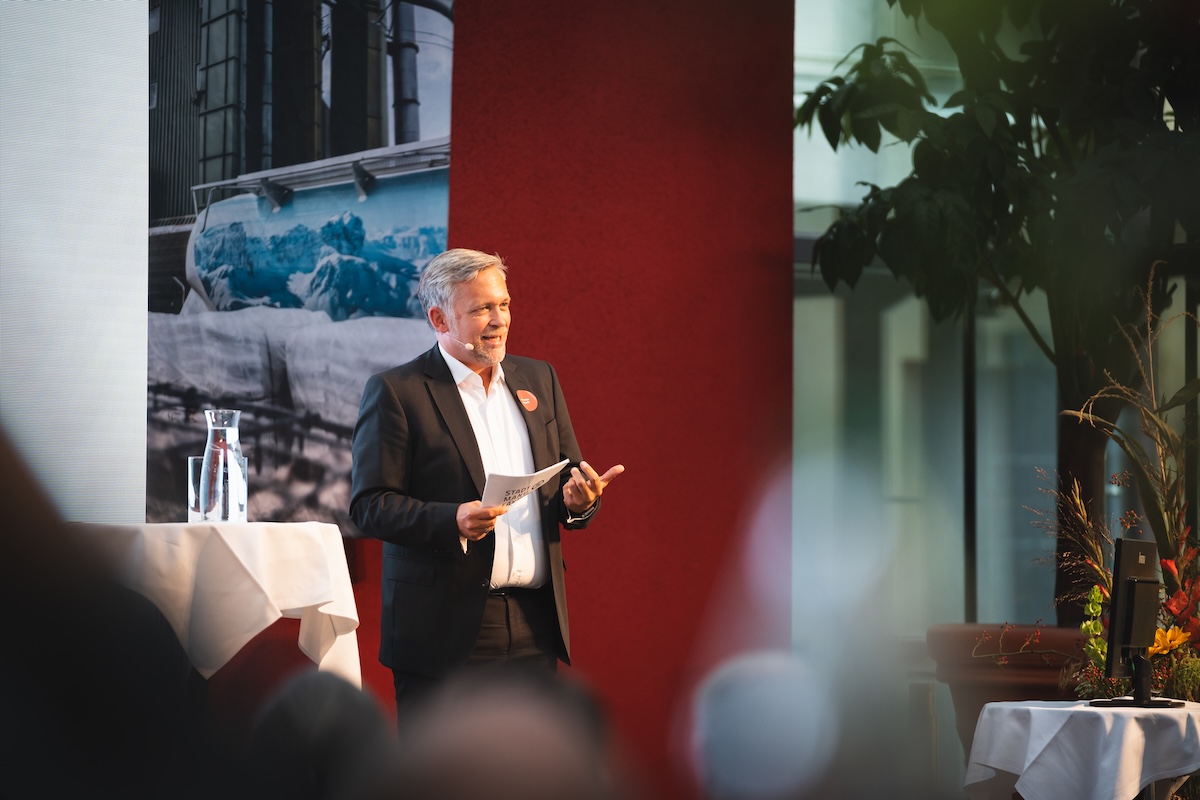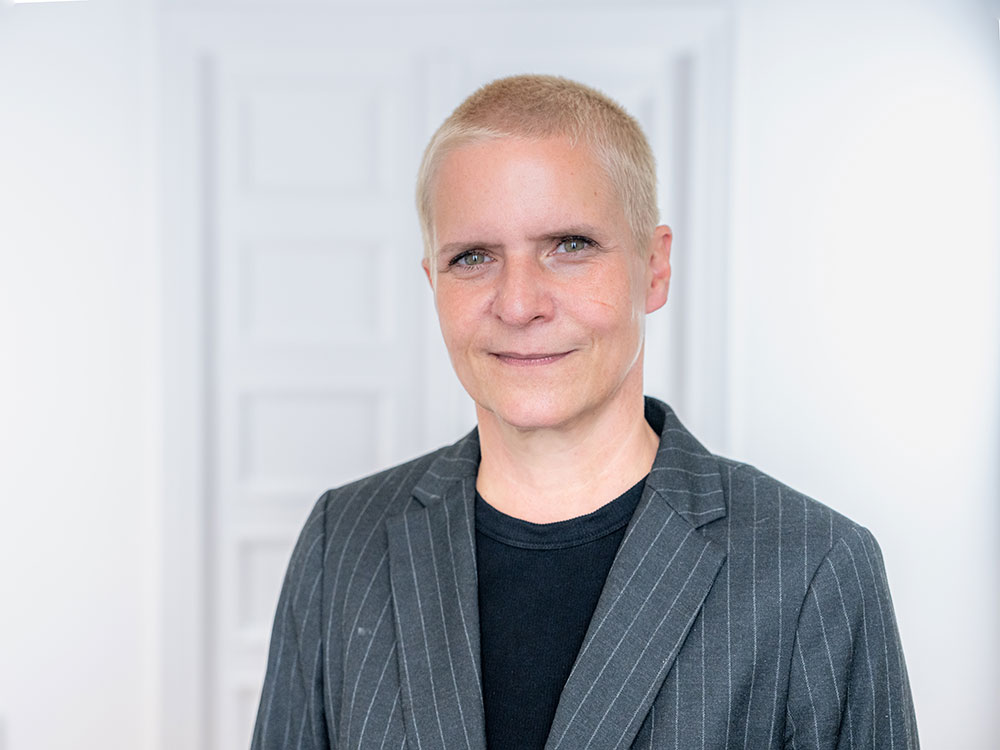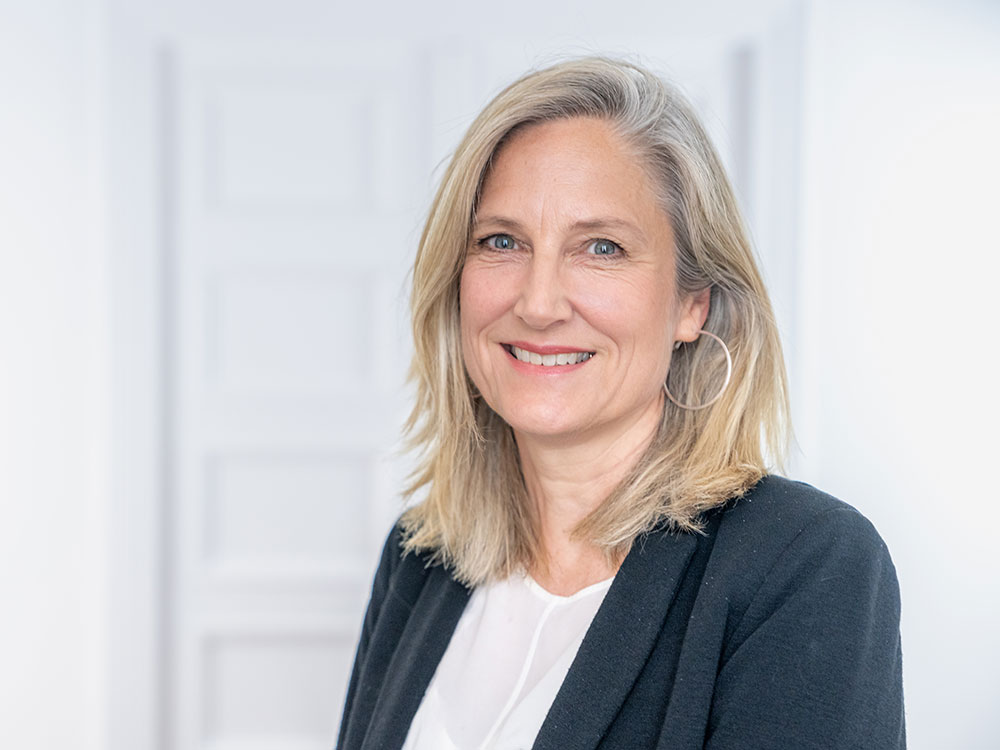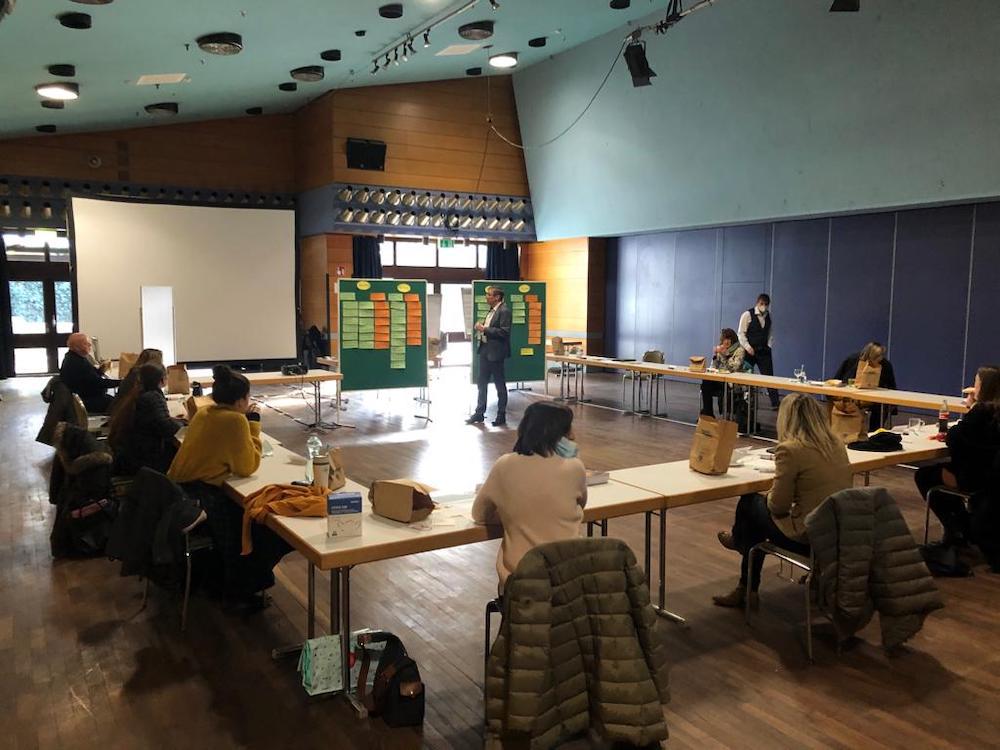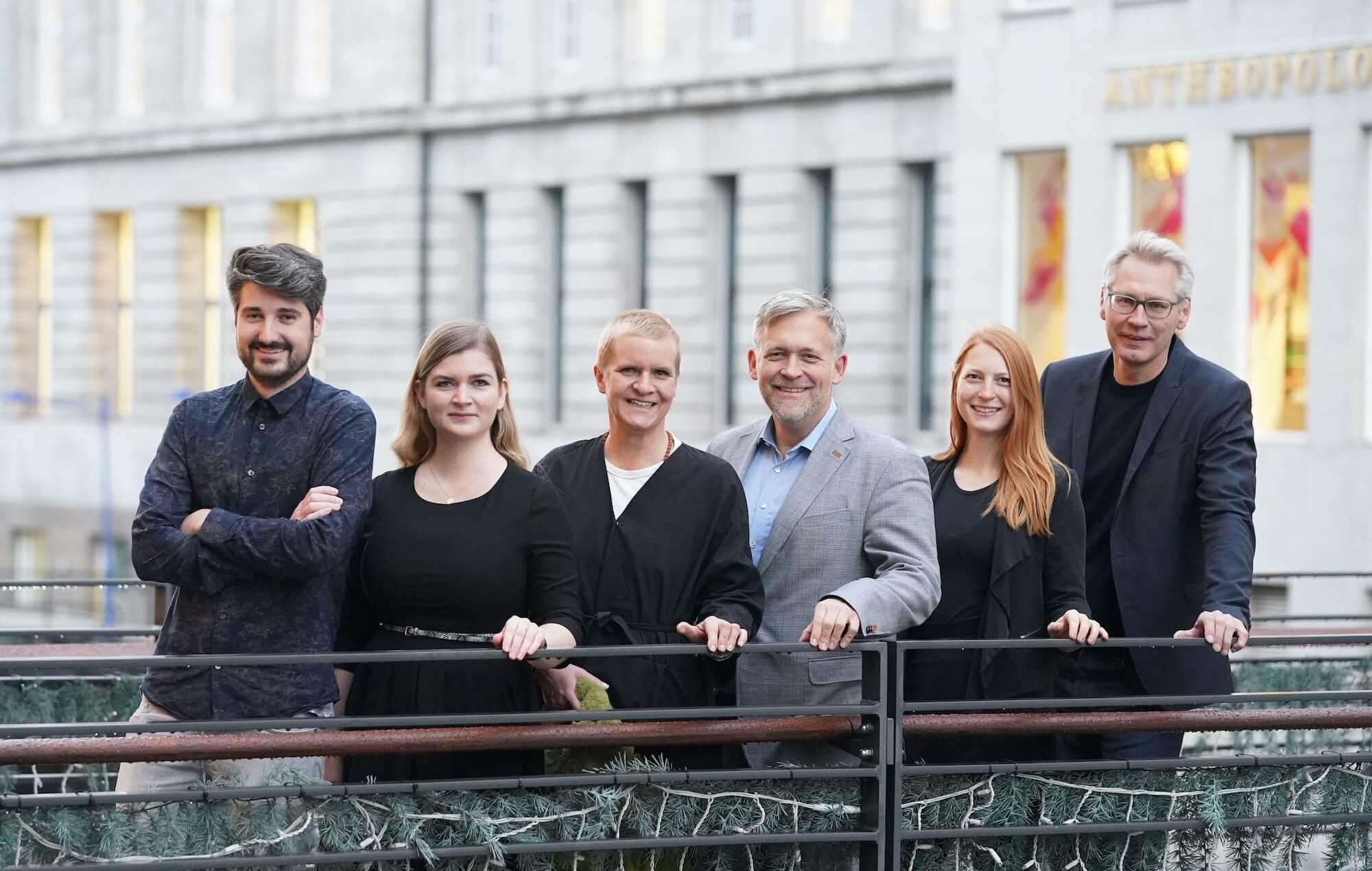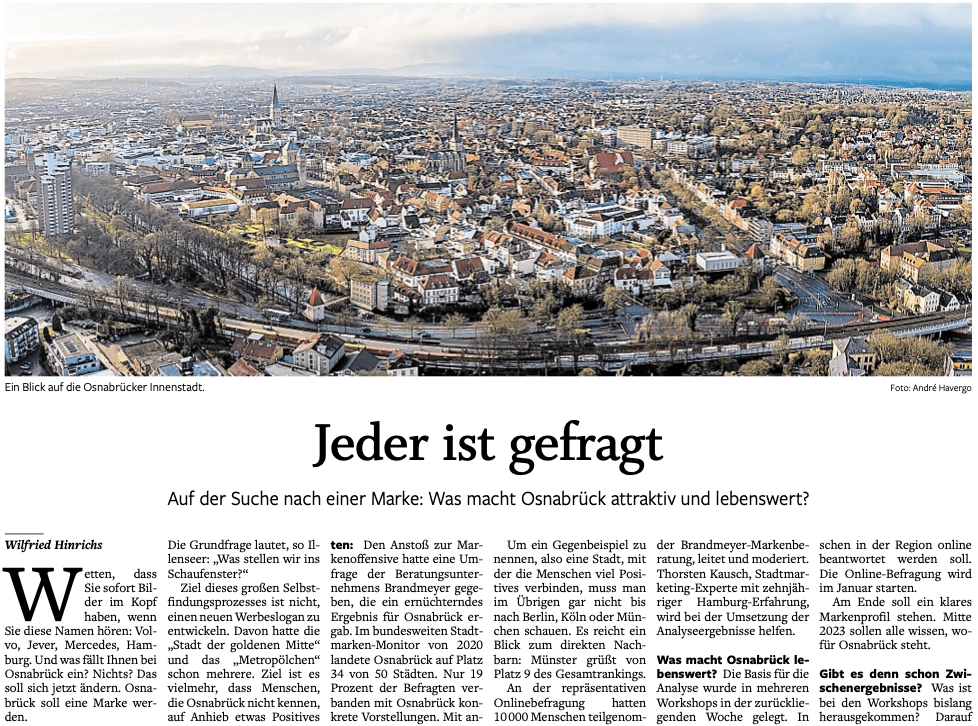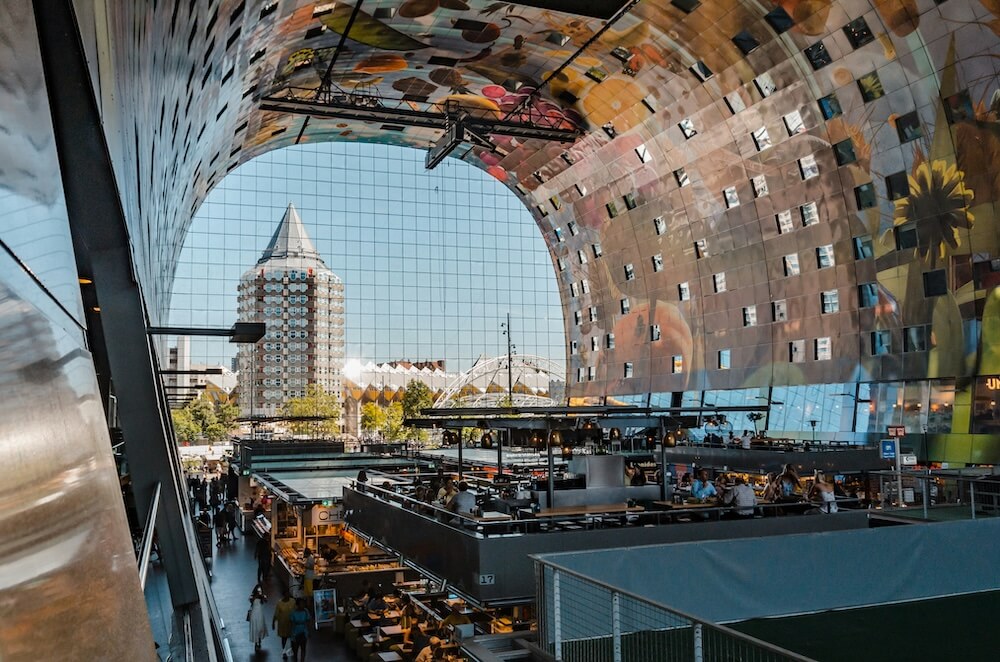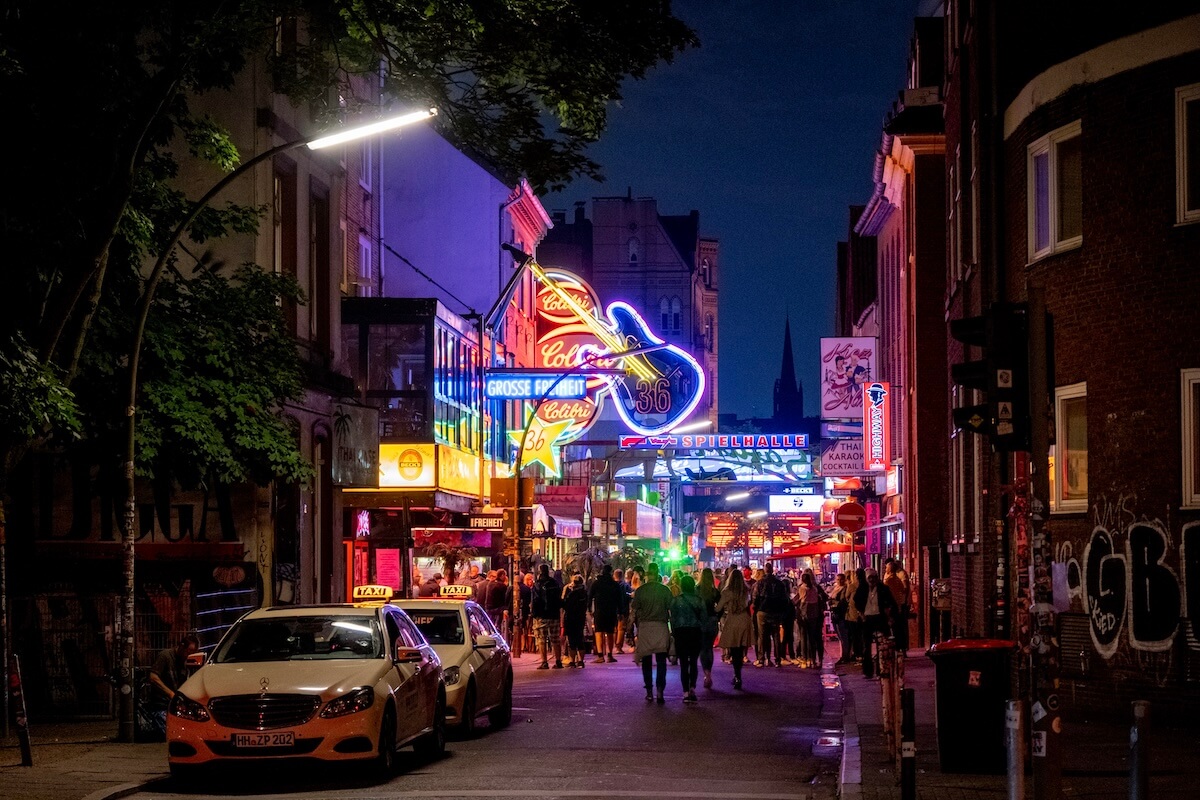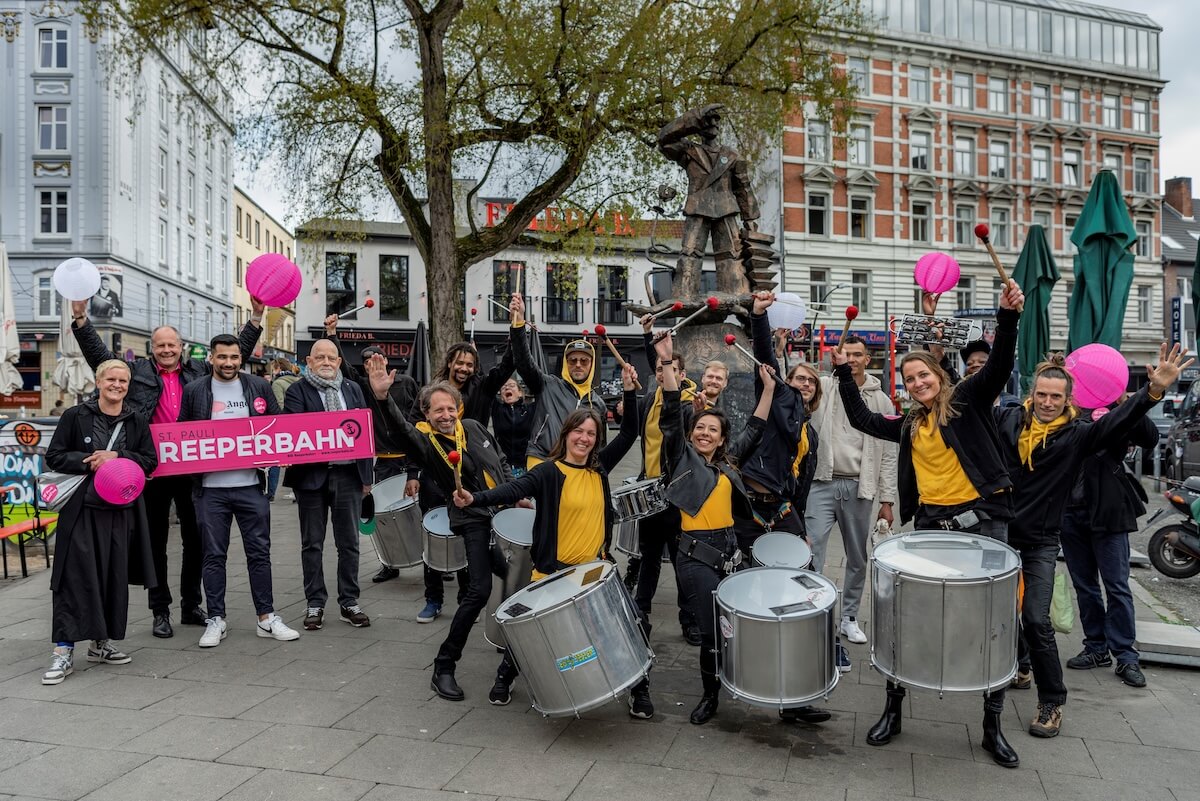CONTENT
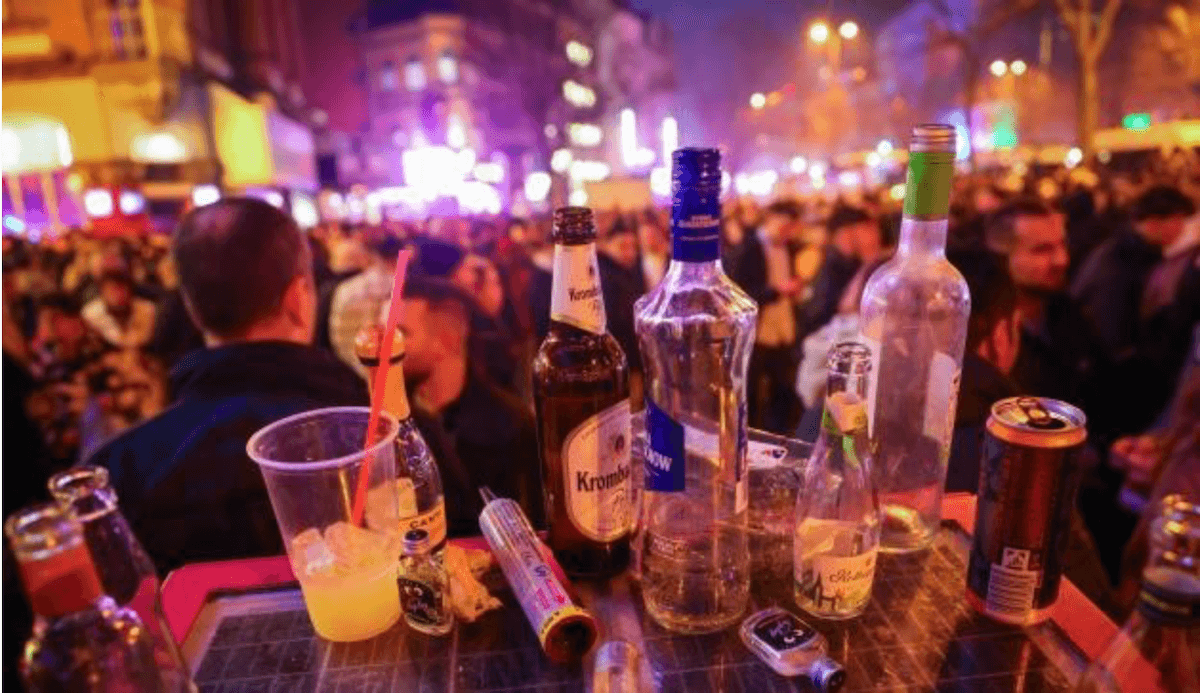
Pilot project in St. Pauli reduces conflicts around nightlife
Hamburg without nightlife? Unthinkable – and yet nightlife culture is always under pressure. Clubs, live music, bars and cultural events are not only a magnet for visitors, but also shape Hamburg’s DNA as a creative and cosmopolitan city. At the same time, conflicts arise between residents, event organizers, administration and politics.
For this reason, the Hamburg-Mitte district council initiated a new position in 2024: A night commissioner (also known as the “night mayor”) will now mediate between interest groups and strive to resolve conflicts – for harmonious coexistence in the district.
In our Stadtkantine web talk in September 2025, St. Pauli’s new night officer Sascha Bartz gave us an insight into his work. Here we report on the background and lessons learned from this pilot project in Hamburg.
Successful project for: City center development
Presented by: The Stadtkantine
Presented by: Sascha Bartz,
Night Representative St. Pauli
Key facts about the project:
- Pilot project in Hamburg – since 2024
- Night representative for St. Pauli as a mediator between residents and the night-time economy
- Initiator: Hamburg-Mitte district assembly
Between beats and complaints: Tasks of a night officer
St. Pauli is the epitome of nightlife culture: people party almost every day in more than 120 bars and 22 clubs between the Reeperbahn and the Elbe. At the same time, the district is a central residential area in Hamburg-Mitte. Around 22,400 people live and sleep here, including almost 2,900 children and 2,400 senior citizens (source: Statistical Office for Hamburg and Schleswig-Holstein, as of 2024).
In addition, there are more than 16 million visitors to Hamburg every year, many of whom don’t miss out on the cult nightlife around the Reeperbahn. This makes St. Pauli a densely populated and busy place – the best breeding ground for a lot of culture, but also many conflicts. Our colleague Julia Staron, who lives in St. Pauli herself, also reports in detail here on the blog about the opportunities and challenges of the night-time economy.
So how can a night officer help? To understand this, we invited Sascha Bartz to our Stadtkantine web talk. He has been the nightlife officer in Hamburg St. Pauli since 2024 and told us about his large and varied area of responsibility: as a neutral contact person, he represents the interests of residents, party guests and tradespeople and serves as a mouthpiece for the administration and politicians.
The central aim of the pilot project in Hamburg St. Pauli is to to identify and resolve conflicts at an early stage. For Sascha Bartz, however, it is also about developing ideas to strengthen St. Pauli as a “nightlife district” – without compromising the residents’ quality of life.
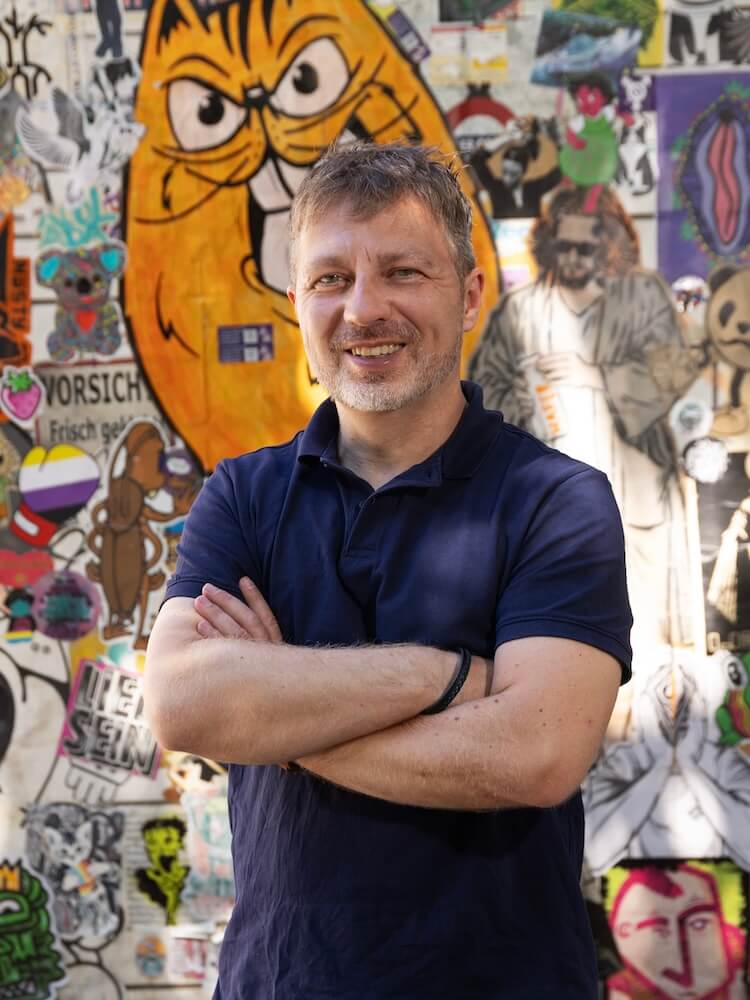
Sascha Bartz, expert in neighborhood development and night officer in Hamburg St. Pauli
Night representative St. Pauli: Lessons learned
We summarize the lessons learned from the Stadtkantine with Sascha Bartz in September 2025 for you below.
A city is what we make of it together. This is a motto that not only we at Stadtmanufaktur live by , but also all the speakers who inspire us in our Stadtkantine web talk with their successful projects and their commitment to urban transformation, city center development and innovative real estate use in city centers.
The most important findings at a glance
Role and relevance of the night officer
- The night representative acts as a neutral mediator between residents, restaurants and the administration.
- The position is not a law enforcement agency (“neighborhood sheriff”), but is designed for dialogue and de-escalation.
- The introduction of such roles can structurally contribute to the quality of the location in dense urban districts, particularly in the context of the night-time economy.
Approach to conflict resolution
- Low-threshold communication at eye level is essential – personal discussions on site instead of formal procedures.
- Long-time residents are also frequent complainants – it’s not about new vs. old population.
- The key is to take both sides seriously, mediate and seek viable solutions together.
“People have been partying, living and working here for decades in a very small area. The lively nightlife and numerous events attract many visitors. This brings problems with it: noise, garbage and overloaded infrastructure, to name but a few. (…) The nightlife officer is there to strengthen coexistence and promote dialog. He brings residents, tradespeople and visitors together to identify conflicts at an early stage and find solutions together.”
Figures and impact
- Over 800 complaints were processed in just 14 months.
- There were recurring conflicts in around 60 cases – but only one case with actual consequences.
- The personal, confidence-building approach has had a far-reaching effect and broken down hardened fronts.
Changed framework conditions
- New operator structures in gastronomy: less local identification, more economic interests.
- Relocation of restaurants to side streets leads to new pollution in traditional residential areas.
- Legal hurdles: The current development plan classifies up to 90% of the area as residential – this clashes with the lived reality of mixed use.
Cooperation formats and networking
- Establishment of a regulars’ table for night-time economy (start: October 2025 in northern St. Pauli).
- Re-launch of the “Leiser is Nicer” poster campaign as an internal and external communication measure.
- Network maintenance, stakeholder dialog and involvement of administration and politics through an accompanying steering group.
A role model for other cities?
The “night officer” model has great potential for imitation in other cities. However, the situation in St. Pauli is unique. This means that the areas of responsibility and objectives need to be adapted depending on the city and district.
The project in Hamburg’s St. Pauli district also shows that the involvement of local stakeholders and the consideration of specific development, ownership and social structures are essential for success. An extra plus: in Sascha Bartz, St. Pauli has found a night officer who has been active in the field of neighborhood development and citizen participation for more than 20 years – and knows the district intimately.

Sybille Fischer
develops narratives, concepts and communication for cities – and for Stadtmanufaktur itself.
